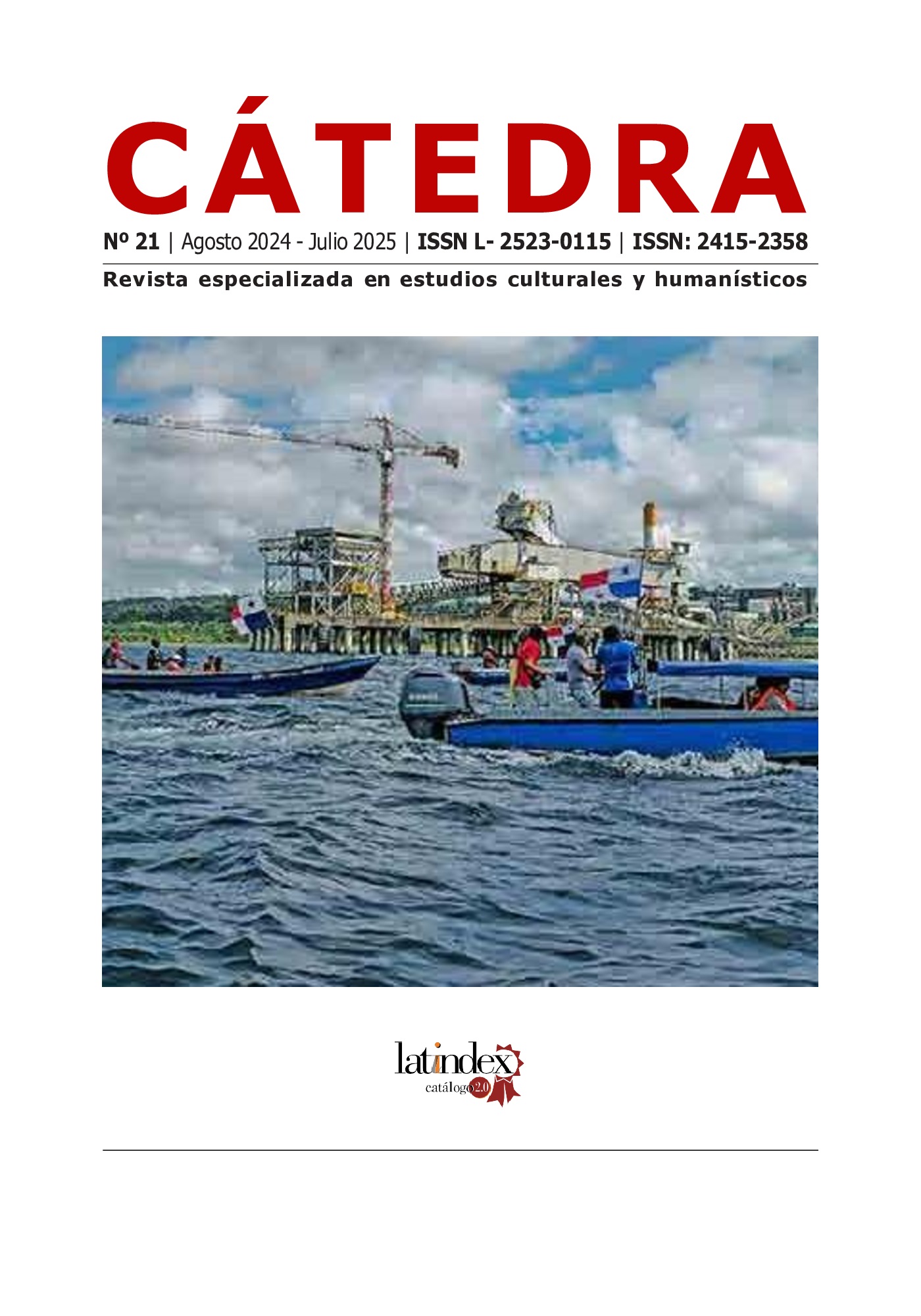

Copyright (c) 2024 Cátedra

This work is licensed under a Creative Commons Attribution-NonCommercial-ShareAlike 4.0 International License.
The purpose of this article is to analyze how the United States took the right, unilaterally, to negotiate the border limit of Panama with Colombia during the second and third decade of the 20th century, ultimately affecting Panama's sovereign right to negotiate on the establishment and demarcation of its border with Colombia. The imperialist interference of the United States in the delimitation of Panama's border with Colombia constituted a violation of the sovereignty and self-determination of Panama as a sovereign state to decide on matters as important and transcendental as the negotiation and establishment of its borders. It constitutes another example of how the foreign policy of the United States shapes the Latin American scenario according to its needs, whims or priorities, as constituted by the diplomatic reconciliation with Colombia following the independence of Panama in November 1903. Reconciliation that had as a background that of being able to access Colombian natural resources, such as the recent oil reserves discovered in Colombia and that represented a vital resource. for the continued imperialist expansion of the northern colossus.